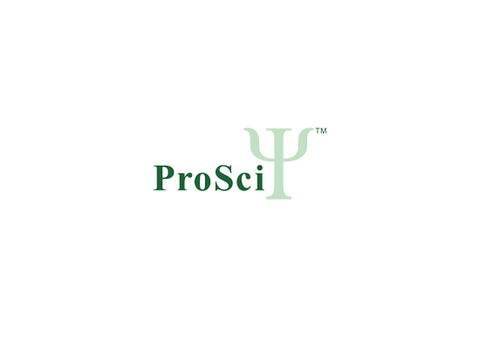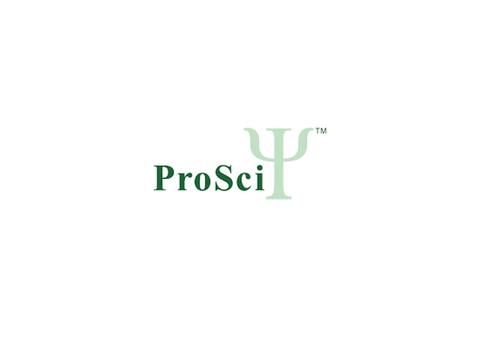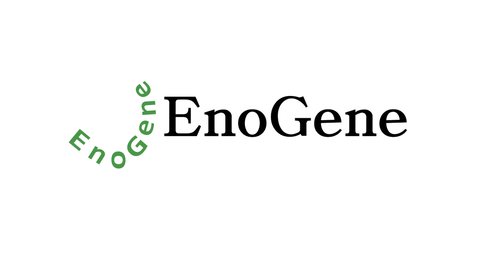Product Description
Zika virus (ZIKV) belongs to the family Flaviviridae and the genus Flavivirus, it is transmitted by daytime-active Aedes mosquitoes, such as A. aegypti and A. albopictus. The Zika virus is related to the dengue, yellow fever, Japanese encephalitis, and West Nile viruses. Much like the other flaviviruses, Zika virus is enveloped and icosahedral and has a non-segmented, single-stranded, positive-sense RNA genome. Zika fever is an infection, which often causes no symptoms or only mild ones, like a mild form of dengue fever, and it is treated by rest. As of February 2016, there has been mounting evidence that Zika fever in pregnant women can cause abnormal brain development in their fetuses by mother-to-child transmission, which may result in miscarriage or microcephaly, however it is not yet known whether Zika virus causes microcephaly. Furthermore, a connection has been established with neurologic conditions in infected adults, including GuillainBarre syndrome. Since the 1950s, Zika virus has been detected only within a narrow equatorial belt from Africa to Asia. Between the years 2013 and 2014, Zika virus has spread eastward across the Pacific Ocean to French Polynesia, New Caledonia, the Cook Islands, and Easter Island, and in 2015 to Mexico, Central America, the Caribbean, and South America, where the Zika outbreak has reached pandemic levels.
Biovision | P1064 | Recombinant Zika virus NS1 Protein DataSheet
Biomolecule/Target: N/A
Synonyms: NS1
Alternates names: soluble Fas Ligand (sFasL), TNFSF6, CD95L, Apo I Ligand, APTL
Taglines: N/A
NCBI Gene ID #: 355
NCBI Gene Symbol: FASL
Gene Source: Human
Accession #: P25445
Recombinant: Yes
Source: CHO cells
Purity by SDS-PAGEs: 95%
Assay: SDS-PAGE
Purity: N/A
Assay #2: HPLC
Endotoxin Level: < 0.1 ng/g of protein (<1EU/g).
Activity (Specifications/test method): Determined by its ability to induce cytotoxicity in Jurkat cells in the absence of any cross-linking. The ED50 for this effect is 10.0 ng/ml, corresponding to a specific activity of 1 x 105 units/mg.
Biological activity: Determined by its ability to induce cytotoxicity in Jurkat cells in the absence of any cross-linking. The ED50 for this effect is 10.0 ng/ml, corresponding to a specific activity of 1 x 105 units/mg.
Results: N/A
Binding Capacity: N/A
Unit Definition: N/A
Molecular Weight: 17.9 kDa
Concentration: N/A
Appearance: Liquid
Physical form description: Sterile filtered through a 0.2 micron filter. Lyophilized from 0.5x PBS, pH 7.5.
Reconstitution Instructions: Centrifuge the vial prior to opening. Reconstitute in water to a concentration of 0.1-1.0 mg/ml. Do not vortex. This solution can be stored at 2-8°C for up to 1 week. For extended storage, it is recommended to further dilute in a buffer containing a carrier protein (example 0.1% BSA) and store in working aliquots at -20°C to -80°C.
Amino acid sequence: HHHHHHHHPS PPPEKKELRK VAHLTGKSNS RSMPLEWEDT YGIVLLSGVK YKKGGLVINE TGLYFVYSKV YFRGQSCNNL PLSHKVYMRN SKYPQDLVMM EGKMMSYCTT GQMWARSSYL GAVFNLTSAD HLYVNVSELS LVNFEESQTF FGLYKL
 Euro
Euro
 USD
USD
 British Pound
British Pound
 NULL
NULL








